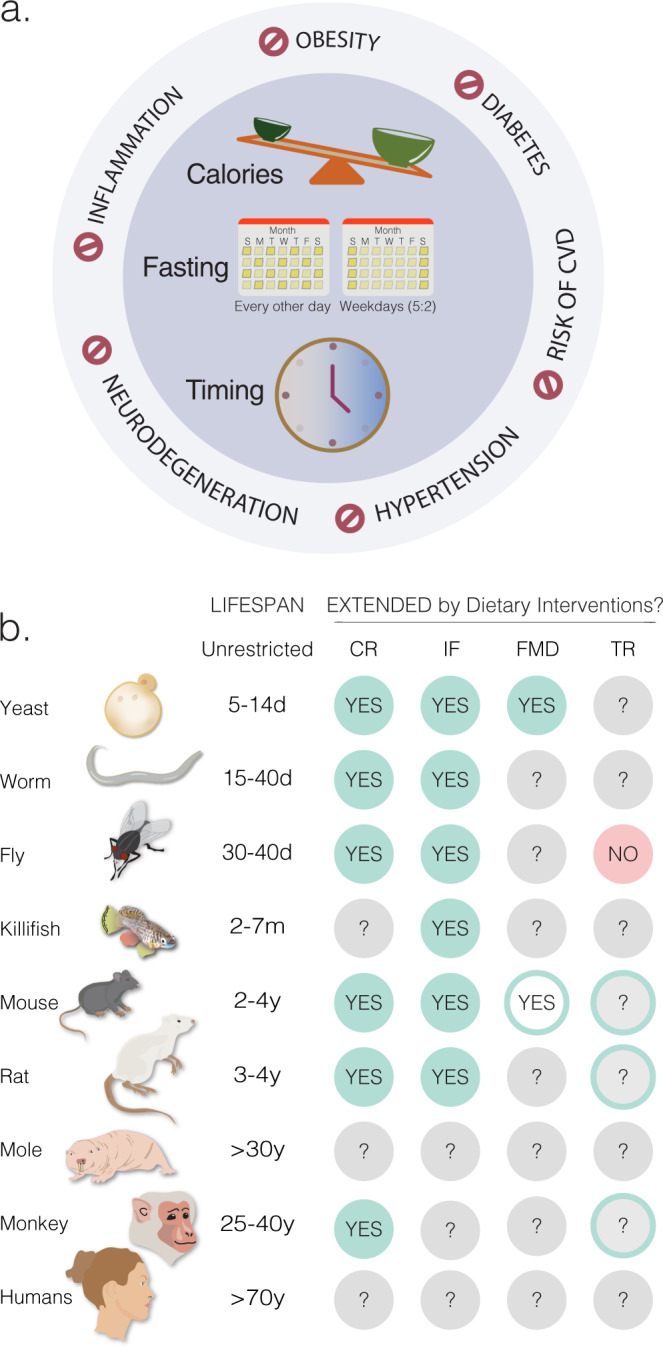Fig. 3. Dietary interventions protect against chronic diseases and promote lifespan.

a Dietary restriction improves healthspan in several species by reducing the risk for obesity, diabetes, cardiovascular disease (CVD), hypertension, neurodegeneration, and inflammation. Although these benefits have been associated with a reduction in the number of calories consumed, extending fasting periods, and restricting the timing of food intake, the individual contribution of these factors remains unknown, since classical dietary restriction protocols often combines one or more of these parameters. b Dietary restriction extends lifespan in most model organisms used in aging research. Green circles labeled as “YES” represent dietary interventions that increase both maximum and median lifespan. Green circles with white centers labeled as “YES” represent the extension of median but not maximum lifespan. Red circles labeled as “NO” refer interventions that have no effect on median or maximum lifespan. Gray circles labeled as “?” indicate conditions that have not yet been tested. Although time-restricted feeding (TR) does not extend lifespan in flies204, caloric restriction (CR) protocols that promote longevity in monkeys, rats and mice also involve TR as well (shown as green outer circles with gray centers labeled with “?”). Dietary interventions: Caloric Restriction (CR)27,77,205,206. Intermittent Fasting (IF)92,207 includes either periodic fasting (PF, also known as every-other-day feeding EOD) or 5 days fasting/low calories followed by 2 days unrestricted intake (Weekdays 5:2). Fasting Mimicking Diet (FMD)100 with 5 days of a low-caloric diet every 3–4 months. Time-restricted feeding (TR)204, in which food is available ~8–12 h exclusively during the active period.
